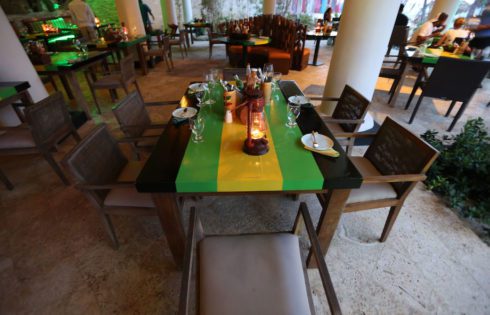
Restaurants refusing to open
This weekend, many places across the country are just now starting to re-open their economies. Certain businesses like fitness centers, bowling alleys, barbershops, and restaurants are re-opening their doors to

This weekend, many places across the country are just now starting to re-open their economies. Certain businesses like fitness centers, bowling alleys, barbershops, and restaurants are re-opening their doors to
Everywhere around the world people are trying to find ways to cope with the reality of facing a global pandemic like this for the first time in our lives. Some
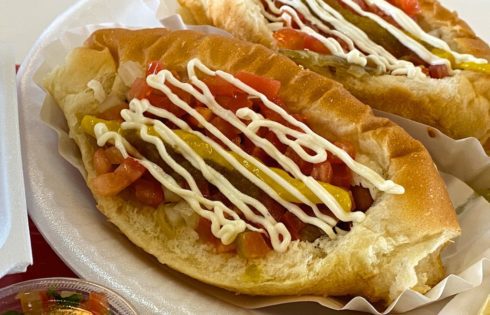
One of my favorite things to do when traveling is to try local specialties. Sometimes these are special cafés that serve up unique dishes like the fluffy pancakes in Tokyo
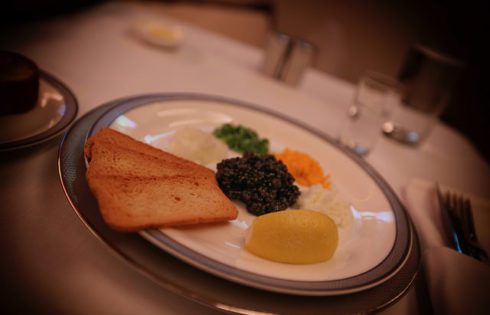
If you haven’t noticed, your in-flight dining experience might not always come with the most flavorful foods and drinks. Sometimes this comes down to poor dining options, but there’s actually
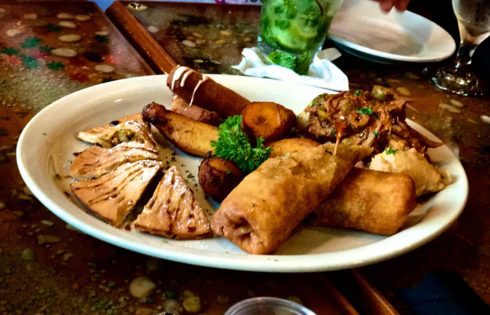
I’ve done food tours in different corners of the globe and have grown to love them the more I do them. When we recently ventured to Miami, it seemed like
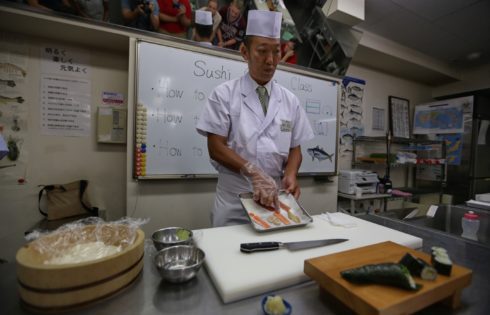
On our recent visit to Tokyo, we wanted to take part in memorable experiences unique to Japanese culture. So we booked a green tea ceremony, a food tour through the streets
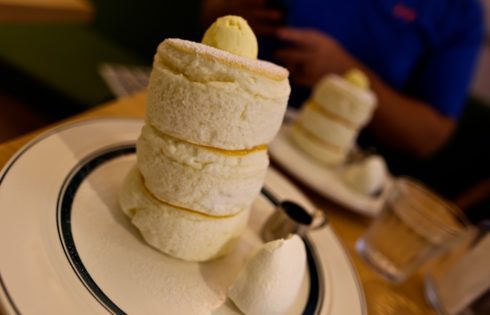
If you haven’t heard, there’s a place in Tokyo serving up giant fluffy pancakes that people are going crazy for. They’ve been featured on all sorts of different media outlets
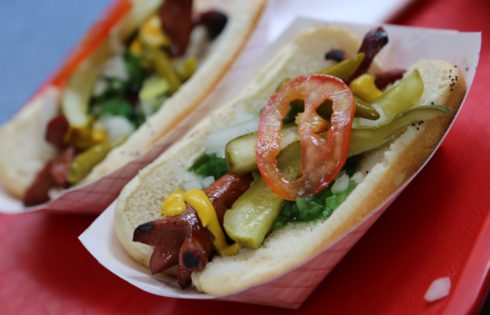
We recently had the privilege of trying some of the Chi-Town classics like deep-dish pizza and Chicago dogs on our latest trip to the Windy City. I’d never tried deep-dish
| Cookie | Duration | Description |
|---|---|---|
| cookielawinfo-checkbox-analytics | 11 months | This cookie is set by GDPR Cookie Consent plugin. The cookie is used to store the user consent for the cookies in the category "Analytics". |
| cookielawinfo-checkbox-functional | 11 months | The cookie is set by GDPR cookie consent to record the user consent for the cookies in the category "Functional". |
| cookielawinfo-checkbox-necessary | 11 months | This cookie is set by GDPR Cookie Consent plugin. The cookies is used to store the user consent for the cookies in the category "Necessary". |
| cookielawinfo-checkbox-others | 11 months | This cookie is set by GDPR Cookie Consent plugin. The cookie is used to store the user consent for the cookies in the category "Other. |
| cookielawinfo-checkbox-performance | 11 months | This cookie is set by GDPR Cookie Consent plugin. The cookie is used to store the user consent for the cookies in the category "Performance". |
| viewed_cookie_policy | 11 months | The cookie is set by the GDPR Cookie Consent plugin and is used to store whether or not user has consented to the use of cookies. It does not store any personal data. |
